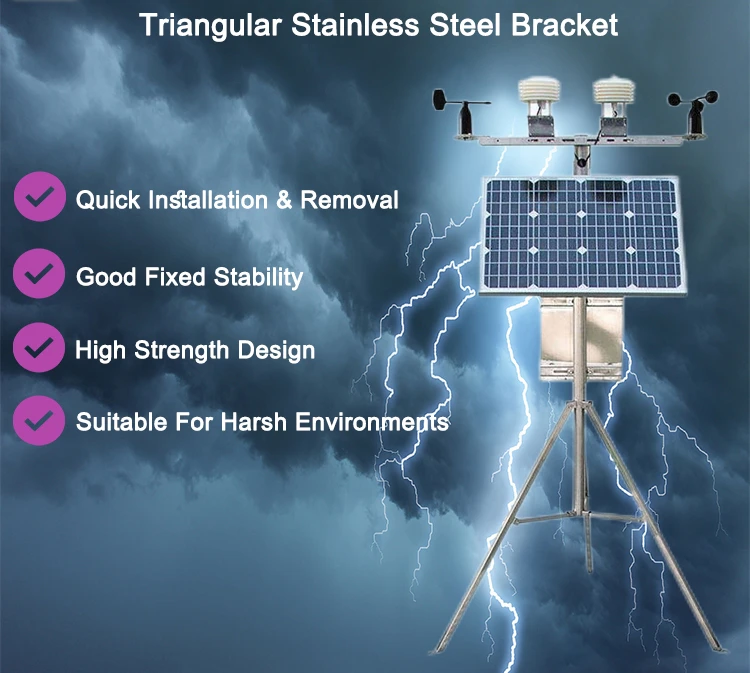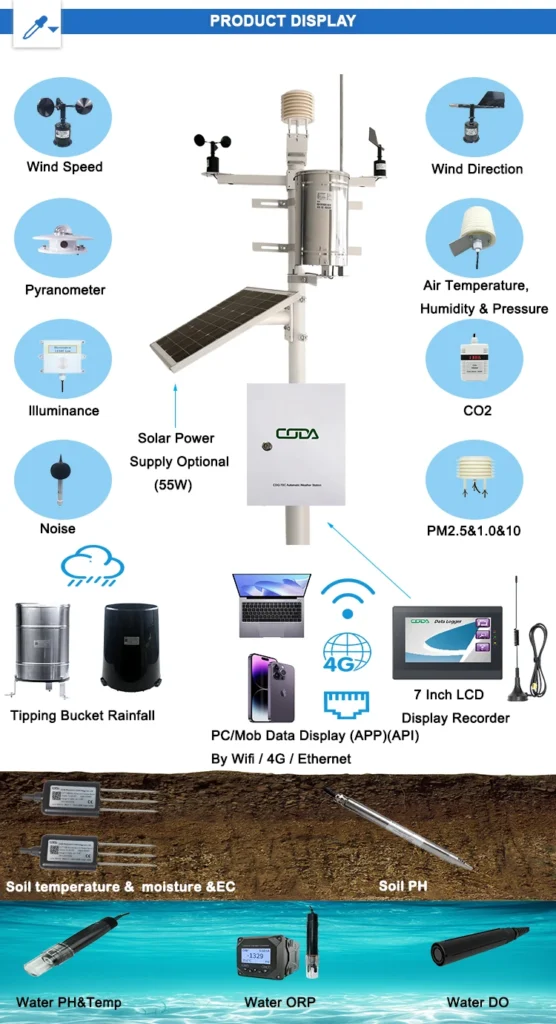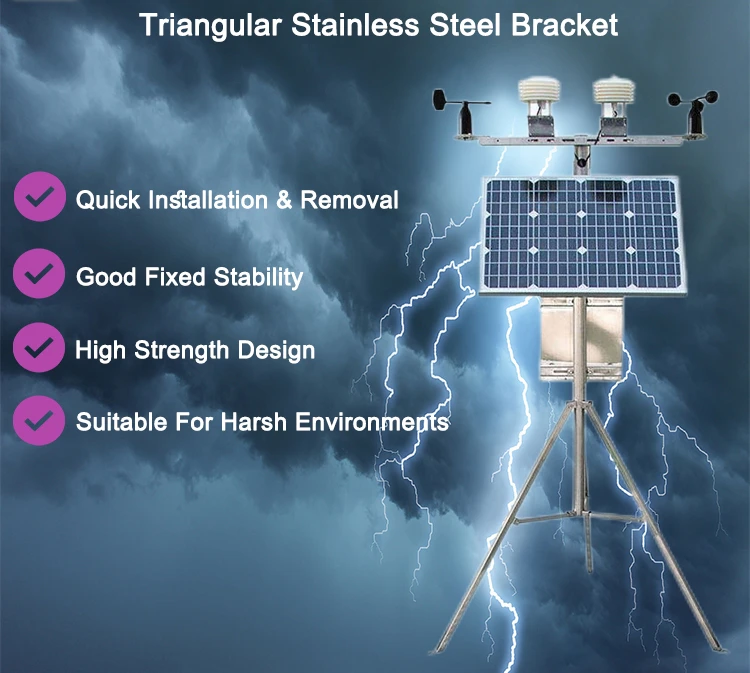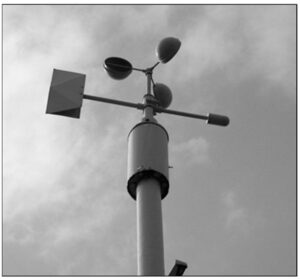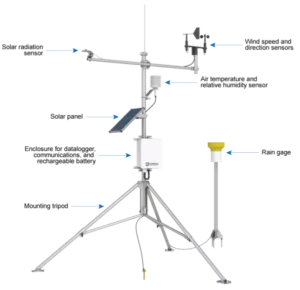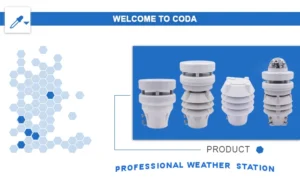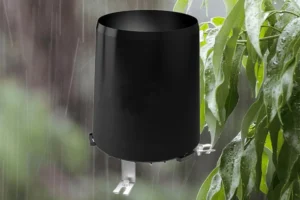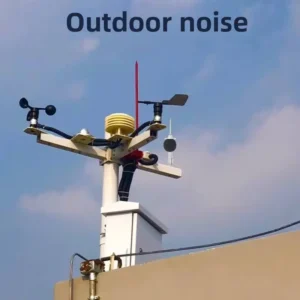Weather Station Installation: Guidelines for a Successful Setup
Weather Station Installation Guide :Once your weather station is properly installed and calibrated, it’s time to start analyzing the data it collects. Here’s a breakdown of the key parameters:
1. **Temperature**:
This measures the current atmospheric temperature and is displayed in either degrees Celsius (°C) or Fahrenheit (°F).
2. **Humidity**:
Represented as a percentage, humidity reflects the amount of moisture in the air. It plays a role in determining comfort levels and impacts weather patterns.
3. **Wind Speed**:
This indicates how fast the wind is blowing. People usually measure it in miles per hour (mph), kilometers per hour (km/h), or knots.
4. **Wind Direction**:
We show wind direction with a wind vane. You can measure it in degrees (°) or cardinal directions (like north, south, east, and west).
5. **Precipitation**:
A rain gauge measures the total rainfall over a specific time. People usually report it in millimeters (mm) or inches.
Regular Maintenance and Troubleshooting
To maintain your weather station’s accuracy and reliability, regular upkeep is necessary. Here are some tips for routine maintenance and addressing potential issues:
1. **Cleaning**:
Keep the instruments clean by removing dirt, debris, or spider webs that may disrupt readings.
2.**Battery Replacement**:
If your device uses batteries, check them often. Replace them when needed to avoid problems with data collection.
3. **Firmware Updates**:
Check the manufacturer’s website regularly for firmware updates. This helps your weather station work with the latest features and fixes.
4. **Troubleshooting**:
If you find any data problems or technical issues, check the manufacturer’s troubleshooting guide. You can also contact their support team for help.
Conclusion
Setting up and keeping a weather station can be a rewarding experience. It gives you detailed insights into your local weather and patterns. By following the tips outlined above, you can ensure a smooth setup process and high-quality data collection. Choose an optimal location, correctly position and calibrate your instruments, and familiarize yourself with the data your station captures. Regular maintenance and quick troubleshooting will help your system work well. This lets you enjoy accurate and reliable weather monitoring from home.
For more useful advice and tips, visit our website at Coda Sensors. If you’re interested or have questions, feel free to contact us. Hunan Coda Electronic Tech Co., Ltd is confident in creating sustainable solutions while delivering reliable environmental monitoring technology for all users.
